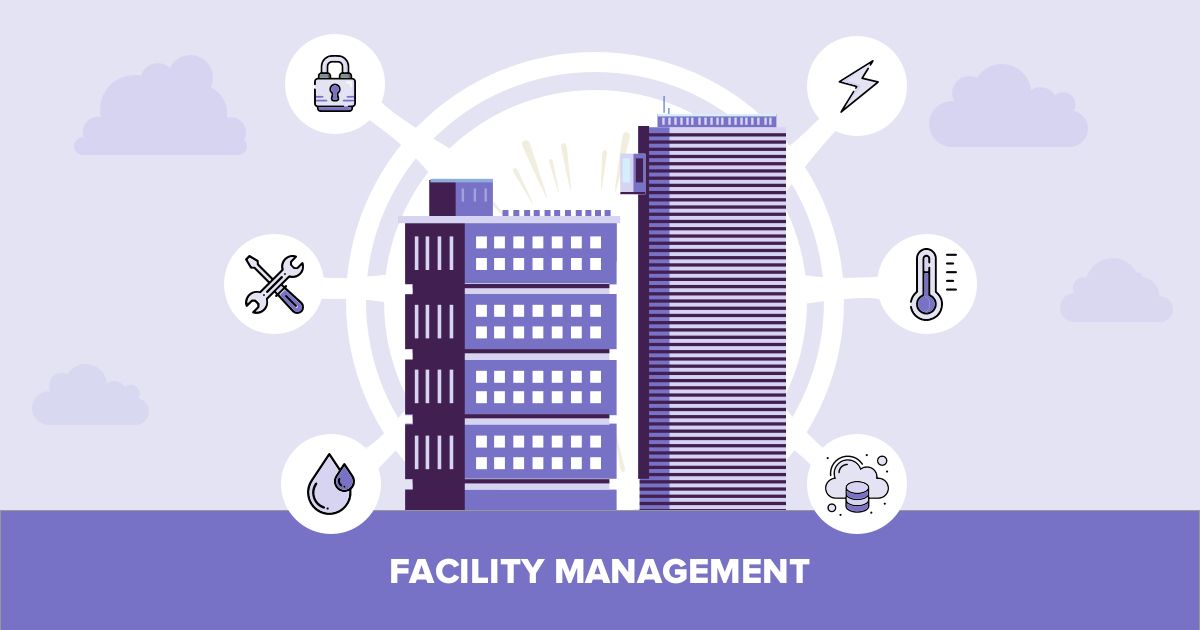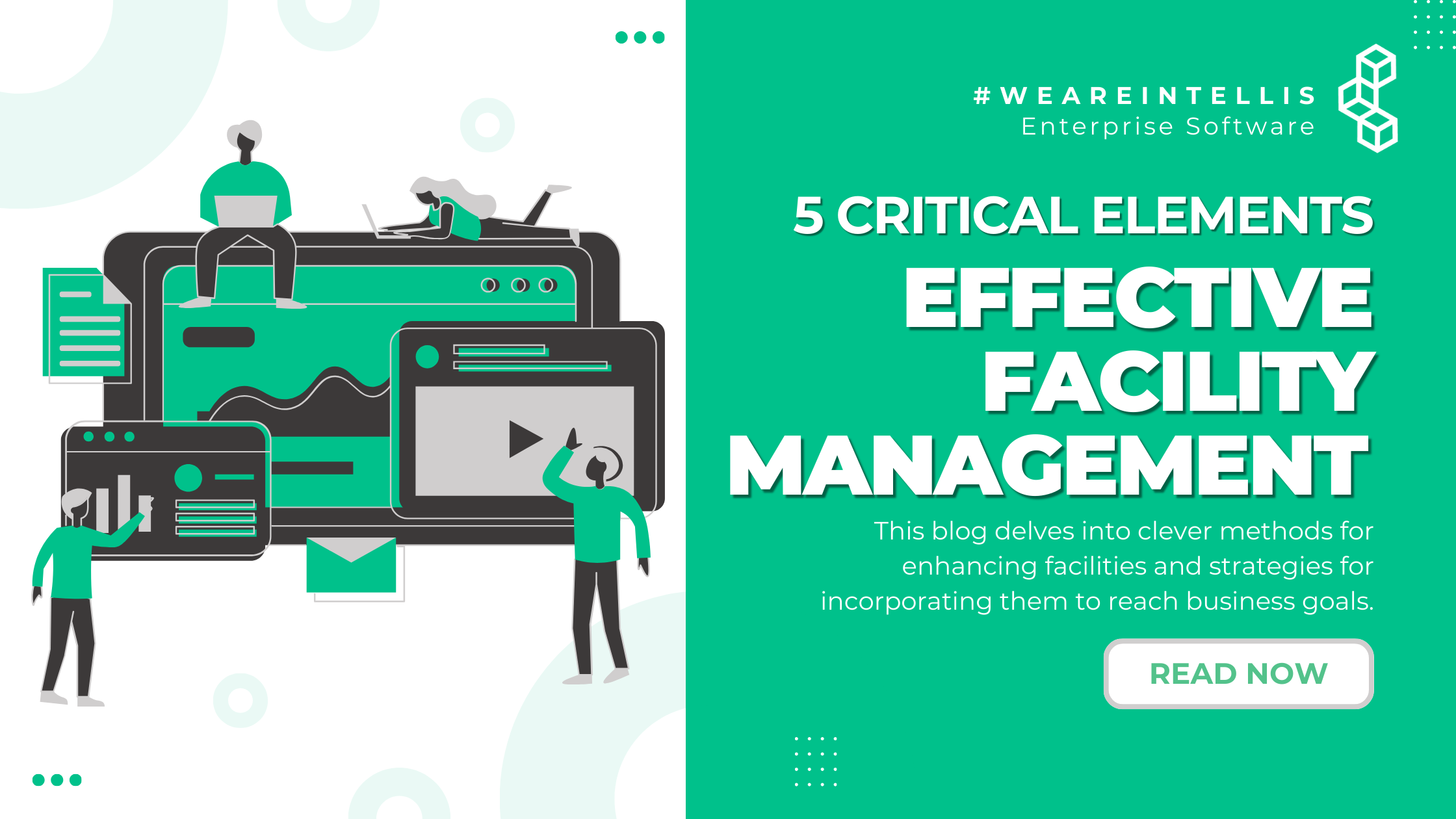Facility Management for Commercial Buildings-- A Complete Summary
Wiki Article
The Essential Overview to Center Administration: Techniques for Success
Facility management plays a vital role in the overall success of a company, working as the backbone that sustains efficiency, performance, and security. By utilizing tactical strategies such as incorporated technical options and fostering cross-departmental cooperation, organizations can dramatically improve their functional foundations. Nonetheless, the nuances of reliable facility monitoring prolong past plain logistics and call for a detailed understanding of both qualitative and measurable metrics. As we discover these vital approaches, a closer evaluation discloses how they can transform not just facilities, however the actual society within an organization itself. What might these changes resemble in method?Recognizing Center Monitoring
What comprises reliable center management? Effective facility management encompasses the coordination of various business features to ensure that developed atmospheres are safe, efficient, and for productivity. It incorporates the concepts of design, service, and design management to develop a smooth operational circulation within a company.Crucial element of center monitoring consist of room preparation, maintenance management, and compliance with health and wellness guidelines. Space planning concentrates on enhancing using physical sources to sustain business objectives, while upkeep administration makes certain that centers are kept in ideal condition, maximizing life expectancy and minimizing operational prices. Compliance with legal and regulatory standards is crucial, as it safeguards the organization against potential liabilities and boosts its credibility.
Moreover, efficient facility administration depends on the tactical use of technology, such as Structure Management Equipment (BMS) and Computer-Aided Center Administration (CAFM) tools. These technologies promote real-time surveillance of structure systems and simplify upkeep procedures (Facility Management). Ultimately, an extensive method to facility management not only promotes operational efficiency but also cultivates a favorable atmosphere for site visitors and staff members alike, driving general organizational success
Trick Techniques for Optimization
Enhancing center administration requires a calculated approach that aligns operational practices with business objectives. To accomplish this, the first essential approach is the application of integrated technical services. Using innovative software program systems enables real-time surveillance of center procedures, facilitating data-driven decision-making and improving overall effectiveness.Second of all, regular analyses of center efficiency are important. Performing routine examinations and audits allows facility managers to identify locations that require improvement, making sure that sources are alloted efficiently. This proactive method assists in reducing downtime and improving service delivery.
Another essential approach is cultivating partnership across departments. By encouraging open communication between teams, facility managers can much better straighten their strategies with company goals, resulting in enhanced operational harmony. In addition, engaging staff in training programs advertises a society of responsibility and enhances their capacity to add to optimization efforts.
Enhancing Security Procedures
Reinforcing security methods is necessary for creating a safe environment within centers. An extensive safety and security protocol not only secures site visitors and workers yet also improves functional efficiency. Facility Management. To achieve this, facility supervisors need to perform routine risk assessments to determine potential threats and guarantee that suitable actions are in location
Furthermore, clear interaction channels should be established to report safety concerns promptly. This includes creating an available platform for workers to voice prospective hazards or events without concern of . Leveraging innovation can improve security steps; for example, executing monitoring systems and gain access to controls helps keep an eye on center tasks and limit unauthorized entry.
Last but not least, compliance with Discover More Here neighborhood laws and sector criteria is non-negotiable. Routine audits and evaluations of security methods make certain positioning with current legislations and best techniques. By prioritizing these approaches, facility supervisors can cultivate a society of safety and security that shields all stakeholders and inevitably adds to the company's success.
Improving Work Environment Environment
A favorable workplace setting considerably improves employee spirits and efficiency, making it an important focus for facility management. To develop such an atmosphere, facility managers need to prioritize a number of crucial elements, including comfort designs, appearances, and worker engagement.Ergonomic factors to consider are vital to reduce physical pressure and discomfort. This includes supplying flexible furniture, correct illumination, and ample area for movement. These modifications can cause decreased absence and increased work fulfillment.
Appearances play a vital role fit the work environment ambience. Using shade psychology, natural lights, and greenery can cultivate a boosting and inviting setting. Attentively made areas can enhance creativity and enhance total wellness.
Moreover, motivating staff member involvement via comprehensive decision-making procedures can improve the sense of ownership and belonging. Gathering feedback on office enhancements and entailing workers in the layout procedure can lead to a much more customized atmosphere that meets their needs.
Last but not least, promoting wellness efforts, such as health cares and leisure rooms, can even more add to a helpful office society. By concentrating on these methods, facility supervisors can successfully improve the office atmosphere, driving both employee satisfaction and organizational success.
Determining Success in Facilities
Determining success in center administration requires a comprehensive technique that assesses both qualitative and quantitative metrics. Quantitative metrics normally include vital performance indicators (KPIs) such as space usage rates, power intake, maintenance prices, and occupancy degrees. These metrics provide a clear photo of operational performance and economic efficiency, allowing center managers to determine locations for enhancement and standard against market requirements.Qualitative metrics, on the other hand, focus on customer fulfillment and worker involvement. Surveys and feedback devices can assess how well the facilities fulfill the needs of residents, aiding to assess the total office environment. This facet is crucial, as a completely satisfied labor force is frequently connected to enhanced efficiency and retention prices.
To effectively measure success, facility supervisors must additionally consider integrating technology, such as building administration systems and information analytics tools, to accumulate and analyze appropriate information. Frequently evaluating both collections of metrics enables an extra well balanced sight of efficiency and educates strategic choices. Eventually, an effective center monitoring approach hinges on a commitment to continual enhancement, making sure that both operational efficiencies and user complete satisfaction are prioritized.

Verdict
In conclusion, effective facility management is essential for improving business efficiency. By carrying out integrated technical solutions, performing regular analyses, and fostering cooperation across divisions, companies can accomplish ideal resource appropriation and functional performance. Focusing on safety procedures and improving work environment settings even more add to enhanced staff member satisfaction. Lastly, measuring success with both qualitative and quantitative metrics enables continuous improvement, inevitably resulting in lowered operational expenses and an extra productive organizational environment.Facility administration plays an important function in the general success of a company, serving as the backbone Source that supports performance, performance, and safety and security.Secret aspects of facility management consist of area planning, maintenance monitoring, and conformity with health and wellness and safety regulations.In addition, reliable facility monitoring counts on the calculated use of technology, such as check it out Structure Administration Solution (BMS) and Computer-Aided Center Monitoring (CAFM) tools. Ultimately, a thorough technique to facility monitoring not only promotes functional performance yet likewise fosters a positive setting for workers and visitors alike, driving overall business success.
Eventually, an effective center monitoring approach pivots on a dedication to continual enhancement, making certain that both operational performances and individual satisfaction are focused on.
Report this wiki page